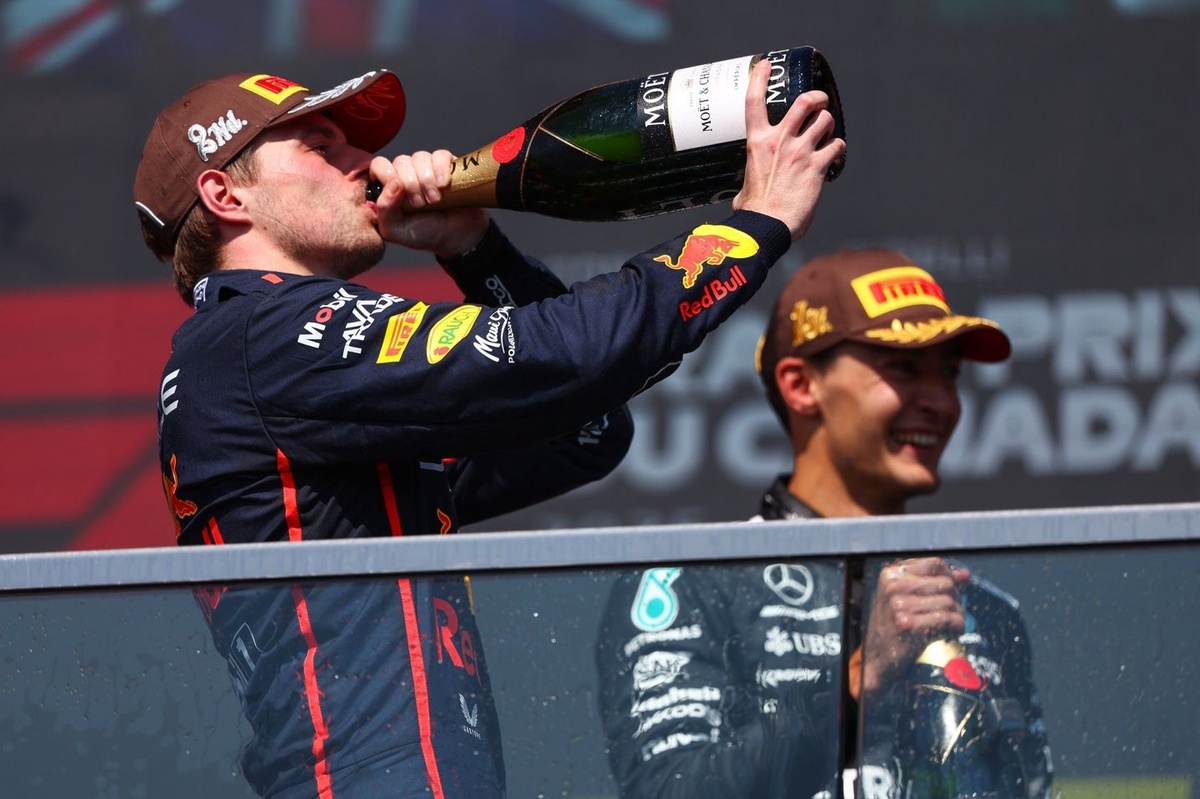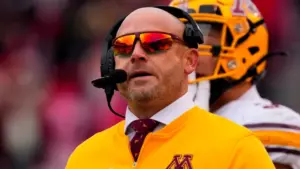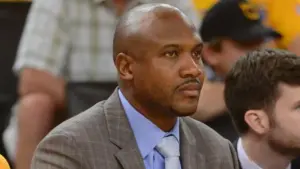To navigate the intricate media game that shapes activities in the Formula 1 paddock, it’s essential to sift through the statements for substance and dismiss those made to muddy the waters. The future of Max Verstappen is front and centre – unsurprising, given he is the driver at the top of the pyramid.
On one side is Toto Wolff, keeping the door open for the four-time world champion and on the other is Christian Horner (supported by Helmut Marko), tasked with reminding everyone that their current driver is under contract with Red Bull until the end of 2028.
The crucial question is whether there’s a real chance Verstappen could start 2026 at Mercedes. The answer is yes, even if the likelihood isn’t high right now. But that’s enough to keep the spotlight on the situation. The idea that Verstappen might leave Red Bull next year after 11 years together in F1, including his Toro Rosso debut campaign, is not fake news.
During the Spanish GP weekend, Mercedes-Benz Group chairman Ola Kallenius didn’t hide from the debate when asked by Sky Germany: “The best drivers want to drive the best cars. Our job is to put together the best package possible, and I think Max would look good in silver.”
Kallenius doesn’t speak often, so when he does, it’s not without purpose. At the Mercedes headquarters in Stuttgart, Verstappen is well-liked and would be seen as an asset. Kallenius’s view is pragmatic; from his position, potential downsides aren’t massive.
Meanwhile at Brackley, there is a more balanced outlook, combined with strong optimism for next season. The biggest regulatory overhaul in Formula 1 history is seen as a chance to return to the top after four difficult years. The 2026 programme has been carefully planned, starting with the power unit project, which rumours say could be the leading operation in the new technical era.

George Russell, Mercedes, Toto Wolff, Mercedes
Photo by: Mark Thompson – Getty Images
In this context, bringing Verstappen onboard has pros and cons. No one questions Verstappen’s added value, but his arrival would have consequences. The current Mercedes driver duo, George Russell and Andrea Kimi Antonelli, is the result of a long-term plan that began in 2017 when the British driver joined the junior programme and continued two years later with the selection of young karting star Antonelli. Year after year, the project, that was pushed for by Toto Wolff and overseen by Gwen Lagrue, promoted their two top talents, category by category, up to the official team.
If Verstappen were to arrive, indications point to Russell being the one to make way. That’s no small sacrifice, considering he is having his best F1 season, and nine years of investment would essentially be undone, as Russell would likely request a full release from any Mercedes obligations if let go. In this scenario, Antonelli would also need some support – because in 2026 he’d be paired with the driver known as the ultimate “team-mate killer”. The risk that Verstappen could wreck Wolff’s junior programme is real.
There’s also one other potential downside to consider: if Mercedes is successful in 2026, the achievement would mostly be attributed to Verstappen, continuing the winning streak he started with Red Bull, with only a pause in 2025 due to a dominant McLaren. On the other hand, if the project fails to deliver, Verstappen is unlikely to be as accommodating as Russell – it simply isn’t his style, and would pose a management challenge greater than Russell.
Of course, having Verstappen on the team comes with advantages. If, in 12 months, it turns out Mercedes has the dominant engine package and is battling McLaren (which will also be using the same Brixworth-built engine), Verstappen could be the decisive factor. Also, taking Verstappen away from Red Bull would be a heavy blow to the Milton Keynes team’s ambitions – not a minor consideration, especially given the tense relationship between the two teams.
Finally, there’s Verstappen’s own situation. What Red Bull says is true – that Verstappen has a contract until 2028 – but beyond the exit clauses (most contracts include minimum performance clauses), no team can realistically hold on to a driver who clearly wants to leave. At best, they can negotiate the terms of his departure.
There’s also another possible angle: Verstappen could be using the Mercedes interest as leverage to push for changes in Red Bull’s leadership structure (currently seen as a ‘monarchy’ under Horner), potentially moving towards a division of responsibilities among more people.

Max Verstappen, Red Bull Racing, Christian Horner, Red Bull Racing
Photo by: Red Bull Content Pool
It’s true that the best drivers chase the best cars. And betting on Red Bull for 2026 is a gamble, since they’ll be debuting as engine manufacturers. But Verstappen also knows how hard it will be to find another position like the one he enjoys at Red Bull – a team that built everything around him and gave him freedom no one else ever had before.
Changing teams wouldn’t just be a technical decision – but a life-changing one.
In this article
Roberto Chinchero
Formula 1
Max Verstappen
George Russell
Andrea Kimi Antonelli
Mercedes
Be the first to know and subscribe for real-time news email updates on these topics
Subscribe to news alerts






